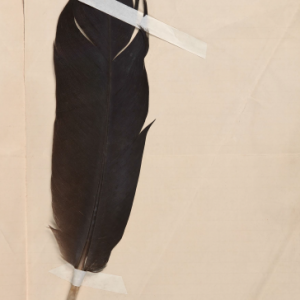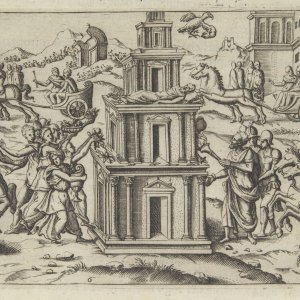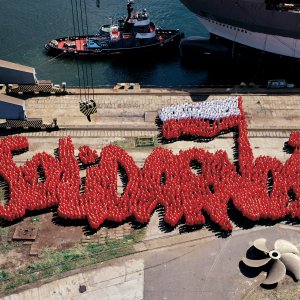Temporary exhibitions
-
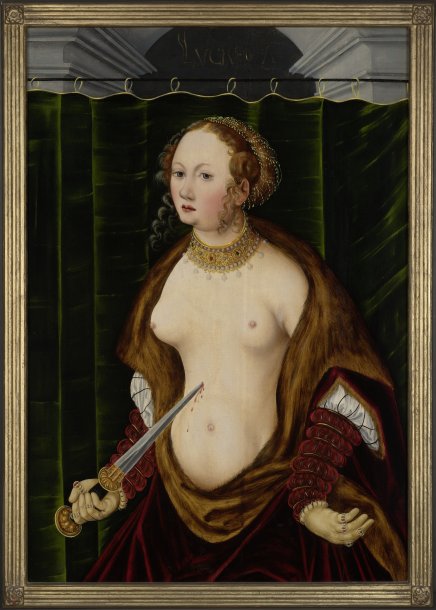
European Art Gallery
The new gallery is to present, deliberately in reverse chronological order, the most interesting and best works of European painting and sculpture from the collections of the National Museum in Krakow, created between the 13th and 20th centuries. -
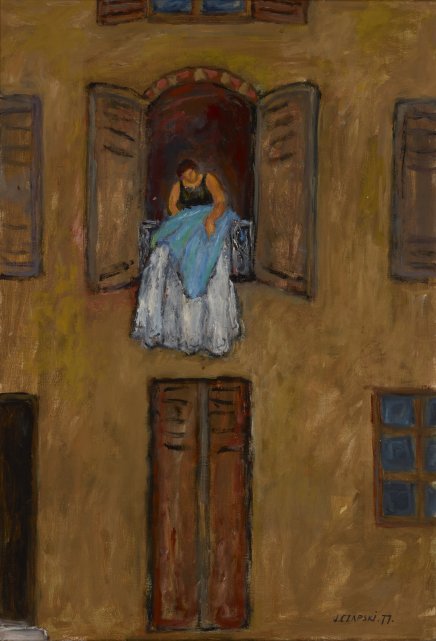
Memento vitae. Paintings by Józef Czapski in the collections of the National Museum in Krakow
“Friday. I only wrote on the cover of this new notebook: memento! Because here I wasn’t talking only about memento Mori, but about memento Vitae, which still awaits me, whether this life will last a day or a few years!” – wrote 91-year-old Józef Czapski in one of his last diaries.
The exhibition Memento vitae is the first presentation of the entire collection of Czapski’s paintings in the collections of the National Museum in Krakow.MNK The Czapskiul. Piłsudskiego 12, 31-109 Kraków view on map Monday - closed
tue - 10.00-18.00
wednesday-sunday - 10.00-16.00 Check the ticket prices -
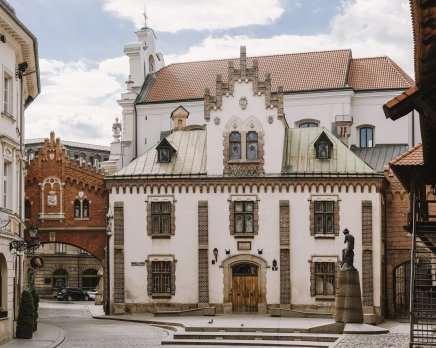
Princes Czartoryski Museum. Monastery
In June 2023, an exhibition will be held to open the last wing of the Princes Czartoryski Museum. The exhibition, held in the Klasztorek building, will showcase items that are beyond the contemporary canons of the museum arts as well as what has survived up to our Times, in contrast to other European museums of this type, giving the Czartoryski collection an absolutely unique character.MNK Czartoryski Museumul. Pijarska 15, 31-015 Kraków view on map Monday - CLOSED
Tuesday - Sunday - 10.00-18.00 Check the ticket prices -
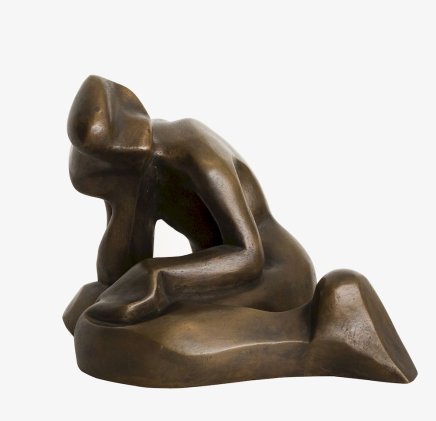
XX + XXI. POLISH ART GALLERY - Sculpture
The XX + XXI. Polish Art Gallery will be expanding in June with a new space dedicated to sculpture of the mid-20th century onwards. This space will be the last on the visitors’ route through the gallery, and will be a complement to the 20th century sculpture gallery located in in the hall on the second floor, and thus will blend the multifaceted history of modern Polish sculpture into a single whole. -
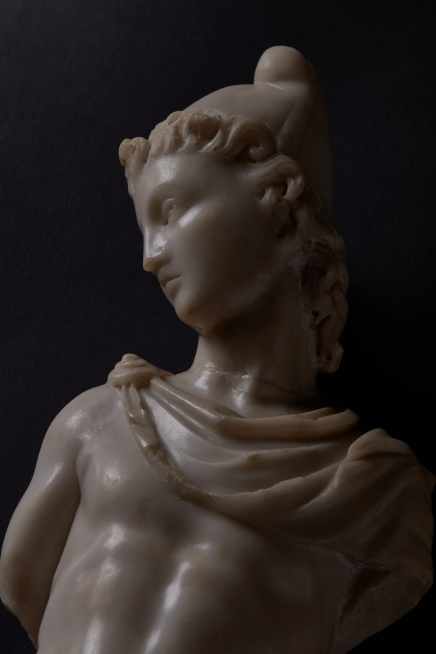
The Origins. Ancient art gallery
The aim of the permanent exhibition of ancient art from the collections of the National Museum in Kraków, located on the 1st floor in the Arsenal of the Princes Czartoryski Museum, is to show a full picture of the art of ancient cultures. The core of the exhibition is a collection acquired by Prince Władysław Czartoryski in the second half of the 19th century.view on map Monday - closed
Tuesday - 10.00-18.00
Wednesday - Thursday - 10.00-18.00
Friday - Saturday - 10.00-19.00
Sunday - 10.00-18.00 Check the ticket prices -
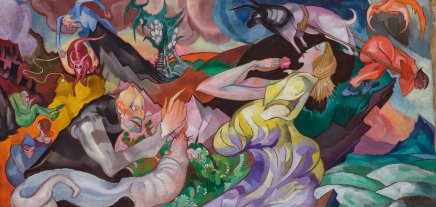
XX + XXI. Polish Art Gallery
XX + XXI. Polish Art Gallery in the Main Building of the National Museum in Kraków gives visitors an opportunity to learn about the panorama of the history of Polish art of this period. The exhibition presents a cross-section of selected phenomena, trends and art movements through outstanding works from the Museum’s collection of contemporary art. -
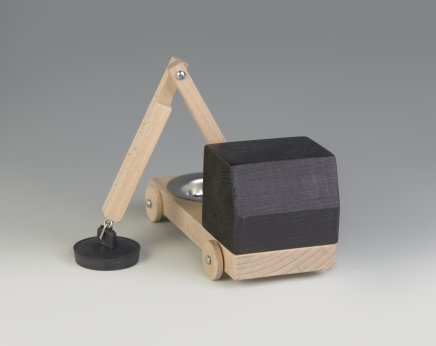
Objects. Gallery of Polish Design of the 20th and 21st Centuries
From graphic design through fashion and furniture to computer games – the most interesting examples of Polish design of the last 120 years are presented at the permanent exhibition Objects. Gallery of Polish Design of the 20th and 21th Centuries.MNK The Szołayskipl. Szczepański 9, 31-011 Kraków view on map Monday - closed
Tuesday - 10.00-18.00
Wednesday - Sunday - 10.00-16.00 Check the ticket prices -
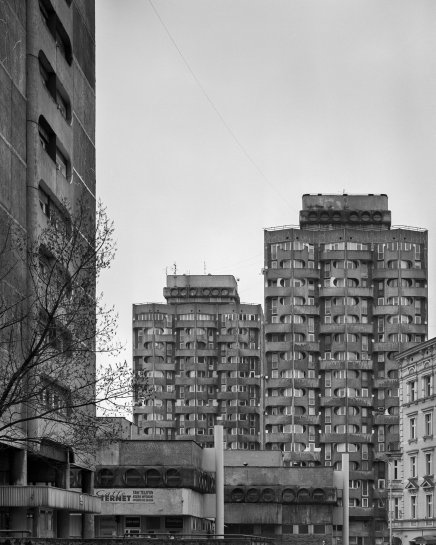
Sections. Gallery of Polish architecture of the 20th and 21st centuries
Architecture is an important part of our everyday life, shaping public space, the context of a place, even influencing the environment. It became the theme of the permanent exhibition ‘Sections. Gallery of Polish architecture of the 20th and 21st centuries’.MNK The Szołayskipl. Szczepański 9, 31-011 Kraków view on map Monday - closed
Tuesday - 10.00-18.00
Wednesday - Sunday - 10.00-16.00 Check the ticket prices -
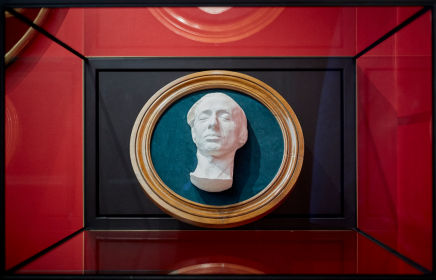
The Princes Czartoryski Museum - Palace
The permanent exhibition at the Palace of the Princes Czartoryski Museum displays the most valuable art collection in Poland, and one of the most valuable ones in Europe. The exhibition not only includes masterpieces of world painting such as Leonardo da Vinci's Lady with an Ermine or Rembrandt van Rijn's Landscape with the Good Samaritan, but also works of painting, sculpture, crafts, military or applied arts. It is also an immense collection of souvenirs presenting Poland's history.MNK Czartoryski Museumul. Pijarska 15, 31-015 Kraków view on map Monday - CLOSED
Tuesday - Sunday - 10.00-18.00 Check the ticket prices -
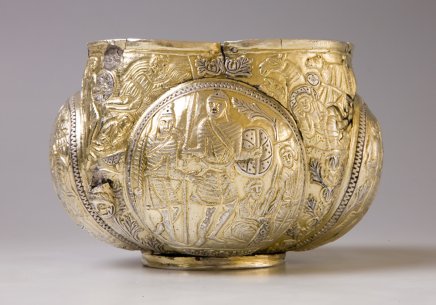
Gallery of Decorative Art
The Gallery of Decorative Art at the National Museum in Krakow is the largest permanent exhibition of this type in Poland. The displayed objects are arranged in a chronological order from the Early Middle Ages to the Art Nouveau period. The exhibition, with its stylishly arranged interiors and its collection of gold, fabrics, clothing, furniture, ceramics and glassware, complete with a unique collection of musical instruments and judaica, features nearly 4,000 exhibits presented in nine exhibition rooms and two annexes. -
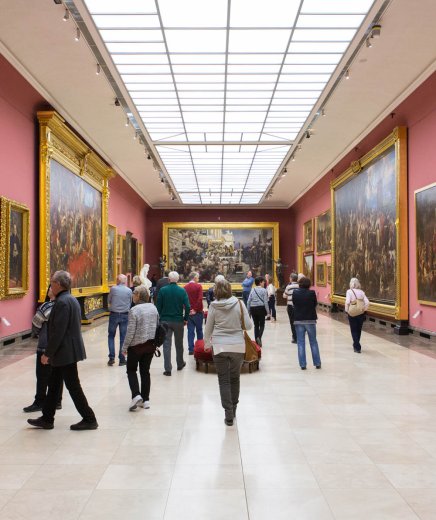
The Gallery of 19th-Century Polish Art in the Sukiennice
The Sukiennice building houses one of the largest permanent exhibitions of 19th-century Polish painting and sculpture in Poland. -
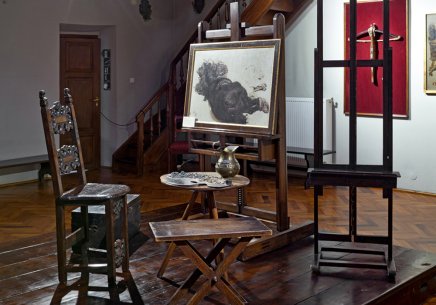
Biographical Museum of Jan Matejko
The permanent exhibition is housed in the family home of Jan Matejko (1838-1893), the greatest Polish artist working in the genre of history painting, a collector and an enthusiast for monuments, particularly those in Krakow. The old Krakow building (rebuilt in the 18th and 19th centuries) is the place where Jan Matejko was born, lived with his family, created his paintings and passed away.MNK The Matejkoul. Floriańska 41, 31-019 Kraków view on map Monday - closed
tuesday - 10:00-18:00
Wednesday - Sunday - 10.00-16.00 Check the ticket prices -
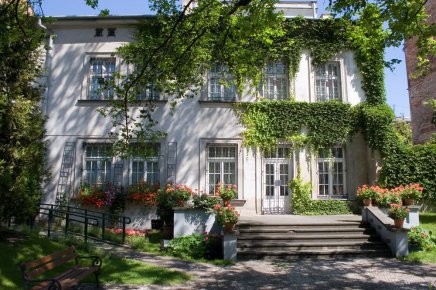
Biographical museum of Józef Mehoffer
The house is not only a biographical museum, it is also a museum of interiors and to a certain extent an art museum.MNK The Mehofferul. Krupnicza 26, 31-123 Kraków view on map Monday - closed
tue - 10.00-18.00
wednesday-sunday - 10.00-16.00 Check the ticket prices -
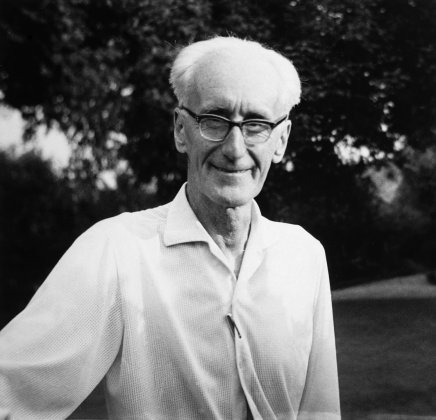
Józef Czapski's Biographical Museum
The permanent exhibition in the Józef Czapski Pavilion, whose layout was designed by Krystyna Zachwatowicz and her husband Andrzej Wajda, occupies the second floor.MNK The Czapskiul. Piłsudskiego 12, 31-109 Kraków view on map Monday - closed
tue - 10.00-18.00
wednesday-sunday - 10.00-16.00 Check the ticket prices -
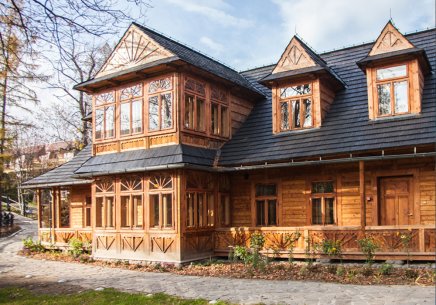
Karol Szymanowski biographical museum
Before the opening of the Karol Szymanowski Museum in Villa 'Atma' in Zakopane in 1976, the National Museum in Krakow held an exhibition with musical elements, which presented the life and art of the renowned composer who lived in 'Atma' from 1930 to 1935.MNK The Szymanowskiul. Kasprusie 19, 34-500 Zakopane view on map Monday - closed
Tuesday - Sunday - 10.00-17.00 Check the ticket prices -
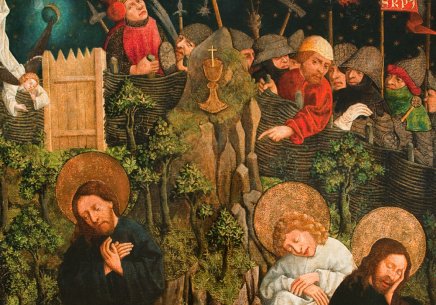
Art of Old Poland. The 12th – 18th century
The exhibition presents excellent works of the medieval and more modern art from the collections of the National Museum in Krakow, one of the oldest and best sets of old Polish art.MNK The Ciołekul. Kanonicza 17, 31-002 Kraków view on map Monday - closed
Tuesday - 10.00-18.00
wednesday-sunday - 10.00-16.00 Check the ticket prices -
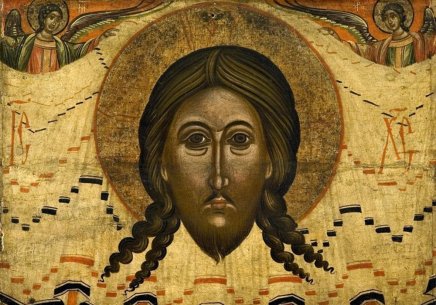
Orthodox Art of the Old Polish Republic
The exhibition features a hitherto little known group of icons, one of the oldest and most precious collections of Orthodox painting in Central Europe. It contains mainly the works coming from the south-eastern borderlands of the old 'Rzeczpospolita'.MNK The Ciołekul. Kanonicza 17, 31-002 Kraków view on map Monday - closed
Tuesday - 10.00-18.00
wednesday-sunday - 10.00-16.00 Check the ticket prices -
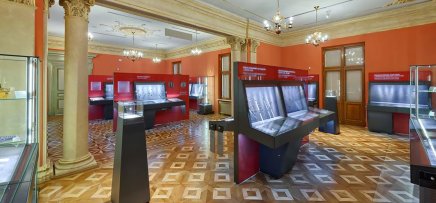
The Numismatic Room
The Numismatic Room was established in 1883. The initially modest collection expanded mainly thanks to the generosity of private benefactors such as Henryk Bukowski. The 1903 donation of Emeryk Hutten-Czapski's collection resulted in a radical change in the rank of the Room, which became the repository of the most representative collection of Polish coins, medals and banknotes, featuring a number of unique objects (e.g. Bolesław Chrobry's GNEZDVN CIVITAS denarius or Władysław Łokietek's ducat).MNK The Czapskiul. Piłsudskiego 12, 31-109 Kraków view on map Monday - closed
tue - 10.00-18.00
wednesday-sunday - 10.00-16.00 Check the ticket prices -
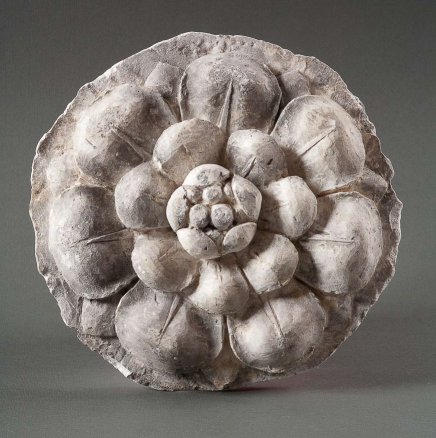
Krakow within your reach
In the beautifully restored cellars of the Bishop Erazm Ciołek Palace, visitors can admire 800 fragments of the most valuable architectural sculptures from all over Poland, originating from such places as St. Mary's Church, Krakow Cathedral or Gniezno Cathedral.MNK The Ciołekul. Kanonicza 17, 31-002 Kraków view on map Monday - closed
Tuesday - 10.00-18.00
wednesday-sunday - 10.00-16.00 Check the ticket prices -
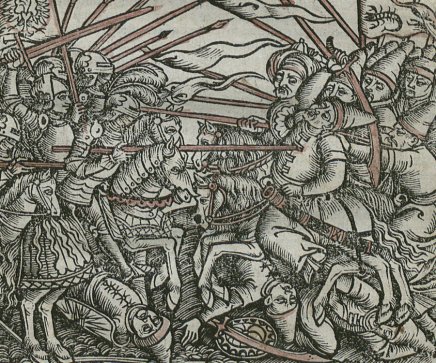
Collection of old prints and manuscripts
The manuscripts collection was initiated through a donation from the Czapski family in form of Emeryk Hutten-Czapski's library containing over eight thousand items.MNK The Czapskiul. Piłsudskiego 12, 31-109 Kraków view on map Monday - closed
tue - 10.00-18.00
wednesday-sunday - 10.00-16.00 Check the ticket prices
